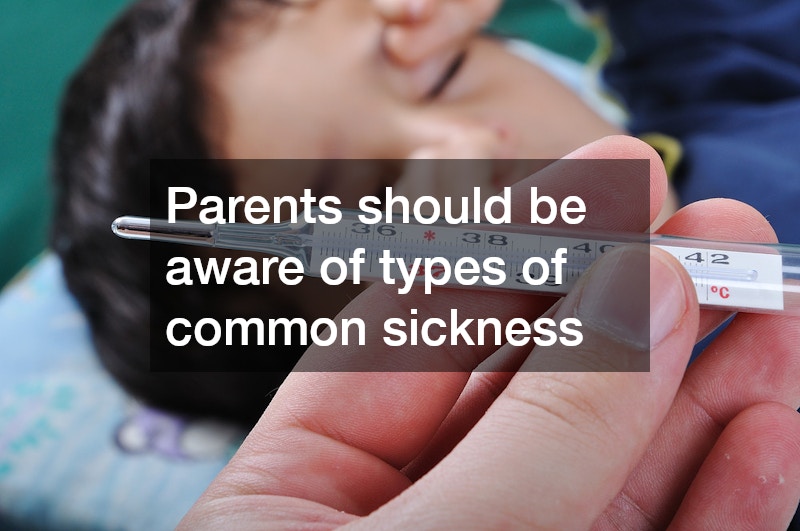
If you’re a parent, your kids will often get sick. When your child is sick, you may wonder if your child is too sick to go to school. According to Healthy Children, if your child has had a temperature that is higher than 101 degrees in the last 24 hours, that child should not go to school. Vomiting or diarrhea should also be reasons to keep your child home – and those symptoms should lead you to take them to their local pediatrician.

With autumn approaching, parents should be aware of types of common sickness in fall months. According to the National Institute for Health, children’s cold & flu are two of the most common kids illnesses going around school. Both of those illnesses are very contagious, and you need to protect your children’s health- and your children’s classmates’ health – by using your best parental judgment about whether to allow your children to go to school.

According to Healthline, the seasonal flu is easily spread by coughing and sneezing. Common symptoms of the flu include sore throat stuffy nose and diarrhea. Teach your child how to cover their coughs and sneezers to prevent the spread of contagions. If you have any questions about whether you should take your child to school, ask your child’s pediatrician.
The decision whether or not to keep a sick child home from school or daycare is one that is never simple for a parent to make. The average child will catch between six and 10 colds every year, so how do you know when it is serious enough to keep them home?
You should first check the rules of your child’s school or daycare. Most facilities will have guidelines in place, such as children with strep throat needing one or two doses of antibiotics to take effect before they can return to the classroom. These precautions are essential for preventing infections that spread to multiple children. Follow these guidelines to better know when to stay home with your sick child.
- Fever: While a fever with no other symptoms typically isn’t an indication that your child is seriously ill, you may need to keep them home anyways. In the interest of infection prevention, many schools ask that a child with a fever doesn’t return to school until at least 24 hours after the fever has broken naturally.
- Sore Throat: A sore throat is often the first indication of an oncoming cold. If your child simply has a runny nose with a sore throat, it is likely due to irritation from draining mucus. As long as there is no fever you can send your child to school. However, if they have a fever, headache or stomachache, and swollen glands as well, you should bring them to a doctor for a strep test.
- Stomachache: This symptom is a tough one for a parent to diagnose, as you don’t know what level the pain is and your child may not be able to clearly communicate it. If your child only has a stomachache, it is likely just a case of constipation or nerves and will go away with time. When there is vomiting, diarrhea, fever, or they don’t show an interest in play, you should keep them out of school and see a doctor. There could be a variety of different causes, but this is the best tactic to continue preventing infections.
If you wouldn’t want another parent to send their child to school with the symptoms that your child has, don’t send them to school. While daycare cleaning and other sanitary practices go a long way in preventing infections, the surest way is to not allow for the opportunity at all.